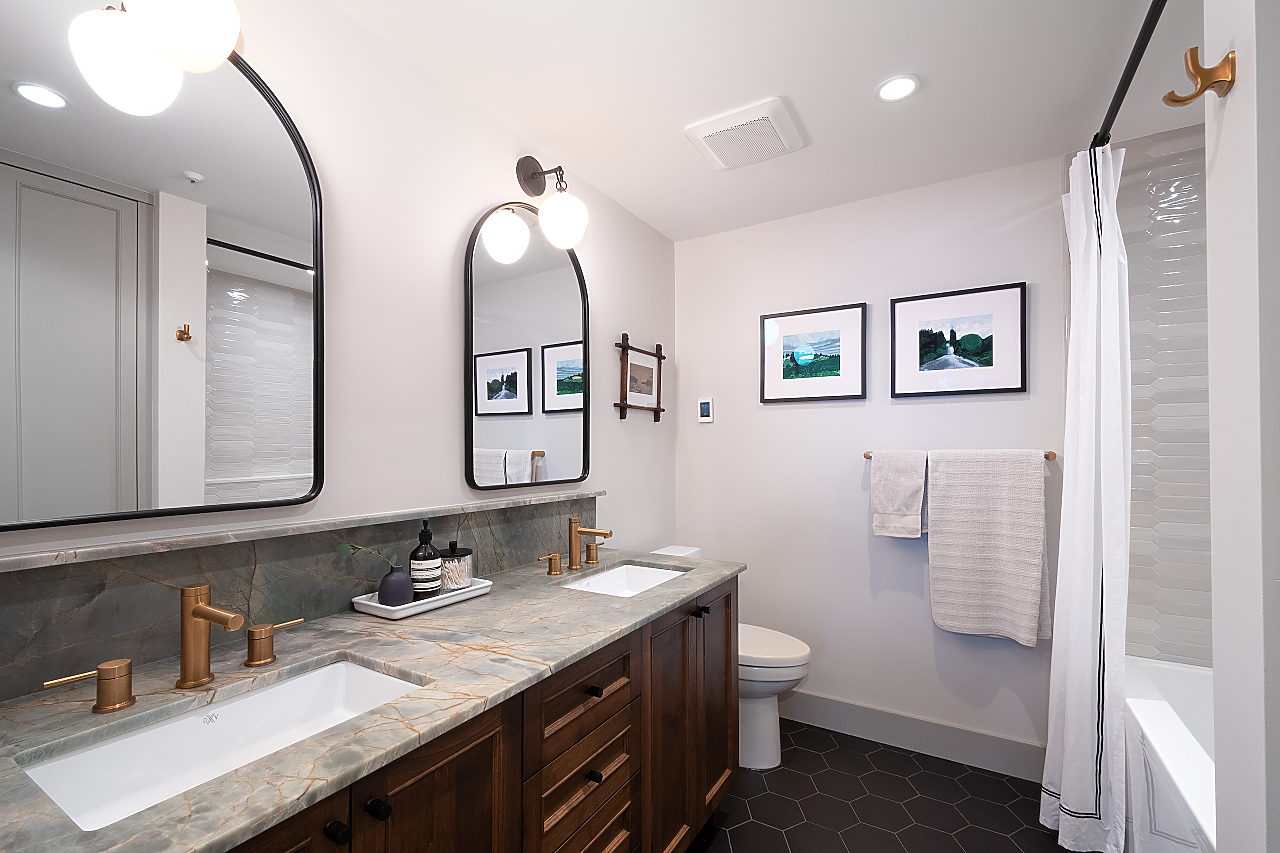
January 20, 2023
What is the difference between fixed price build and cost plus build?
Two of the most typical contract types for house construction projects are fixed price and cost plus contracts. The incentives they offer to both the homeowner and the contractor, as well as how they divide the risk, are some of the differences between these two contract forms.
Fixed-price construction
In a fixed-price construction, the contractor consents to finish the project for a specific amount of money based on the written scope of work. The cost is decided upon prior to the start of construction and is based on a thorough scope of work and set of plans and designs. In order to avoid going over budget, the contractor must be confident in their abilities to effectively forecast expenses and manage the project. Of course, if there are any changes and/or surprises uncovered during the build that haven’t been included in the detailed scope of work, there will be a necessary change-order. It is often advised that a 10% contingency should be budgeted in any fixed-price project.
A set price build has many advantages for homeowners, one of which is relative cost certainty. Before starting the project, the homeowner is fully aware of their financial obligations. Fixed-price builds, however, can be difficult for contractors, especially for complicated projects where the scope of work may change during the course of development.
Cost Plus or Time and Materials:
In a cost-plus-build arrangement, the contractor is paid for the actual costs of labour, materials, and overhead in addition to a markup or profit margin. The profit margin for the contractor is specified in the contract and can either be a fixed percentage or a variable fee based on project costs. The homeowner assumes the risk in the event that the project costs more than anticipated, but it also offers flexibility in the event that the project’s scope changes or isn’t obvious at first.
Having more control over project progress is one of the main advantages of a cost plus construct. The homeowner has the power to make choices during the construction process which allows construction to start without all the decisions yet being made. The contractor and homeowner collaborate to develop a budget.
As a result, the decision between a fixed price and a cost plus build will be based on the particulars of the project as well as the preferences of the homeowner and contractor. Although a set price build offers cost certainty, it may result in some construction inflexibility. More control may be possible with cost plus, but the homeowner may be exposed to higher financial risk. Homeowners should ultimately carefully examine their budget and choose accordingly.
← Back to our Blog

